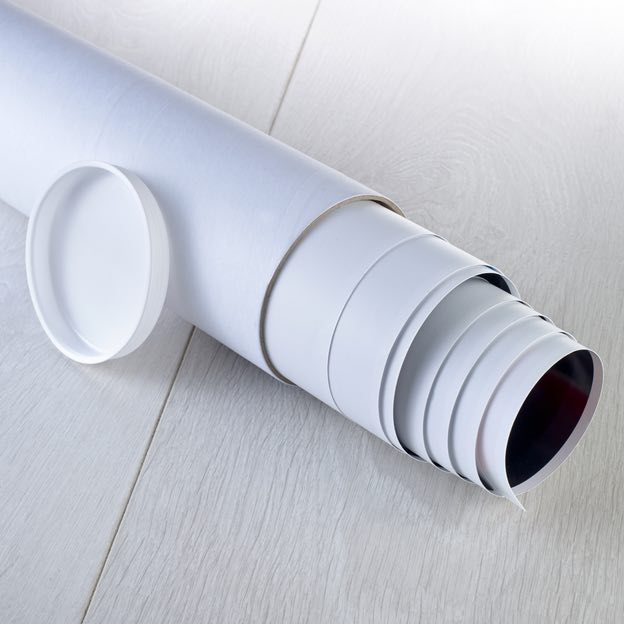Sizing information
| Overall size (inc frame) | 30 x 20cm (11.8 x 7.9in) |
| Depth | 0cm (0in) |
| Artwork | 25.61 x 17.2cm (10.1 x 6.8in) |
| Border (mount) |
1.4cm
top/bottom
(0.6in)
2.2cm left/right (0.9in) |
| The paper size of our wall art shipped from the US is sized to the nearest inch. | |

Our prints
We use a 200gsm fine art paper and premium branded inks to create the perfect reproduction.
Our expertise and use of high-quality materials means that our print colours are independently verified to last between 100 and 200 years.
Read more about our fine art prints.
Manufactured in the UK, the US and the EU
All products are created to order in our print factories around the globe, and we are the trusted printing partner of many high profile and respected art galleries and museums.
We are proud to have produced over 1 million prints for hundreds of thousands of customers.
Delivery & returns
We print everything to order so delivery times may vary but all unframed prints are despatched within 1–3 days.
Delivery to the UK, EU & US is free when you spend £75. Otherwise, delivery to the UK costs £5 for an unframed print of any size.
We will happily replace your order if everything isn’t 100% perfect.
Product images of Tring cutting, London & Birmingham Railway, 17 June 1837 (1839)


Product details Tring cutting, London & Birmingham Railway, 17 June 1837 (1839)
Tring cutting, London & Birmingham Railway, 17 June 1837 (1839)
Tring cutting, London & Birmingham Railway, 17 June 1837 (1839). Navvies excavating the cutting. Wheelbarrows are filled with spoil at the bottom, and then winched to the top using a line attached to the wheel along a narrow plank with a labourer walking behind and guiding. Robert Stephenson (1803-1859) was appointed chief engineer of the London & Birmingham Railway (LBR), the first railway into London. Running between Curzon Street Station, Birmingham, and Euston Station, London, the 112 mile long line took 20,000 men nearly five years to build, at a cost of five and a half million pounds. From Drawings of the London and Birmingham Railway by J Bourne, 1839.
- Image ref: 1157557
- Oxford Science Archive / Heritage Images
Find related images
 zoom
zoom




















